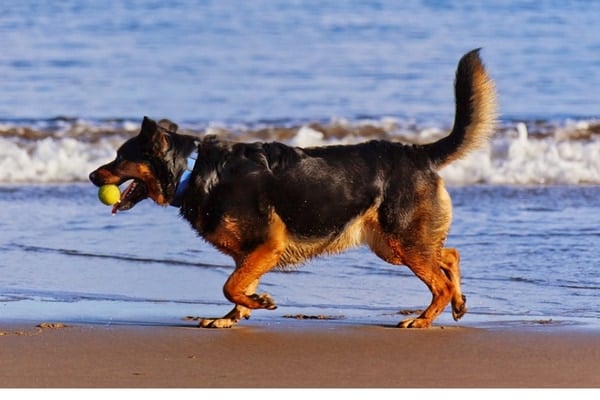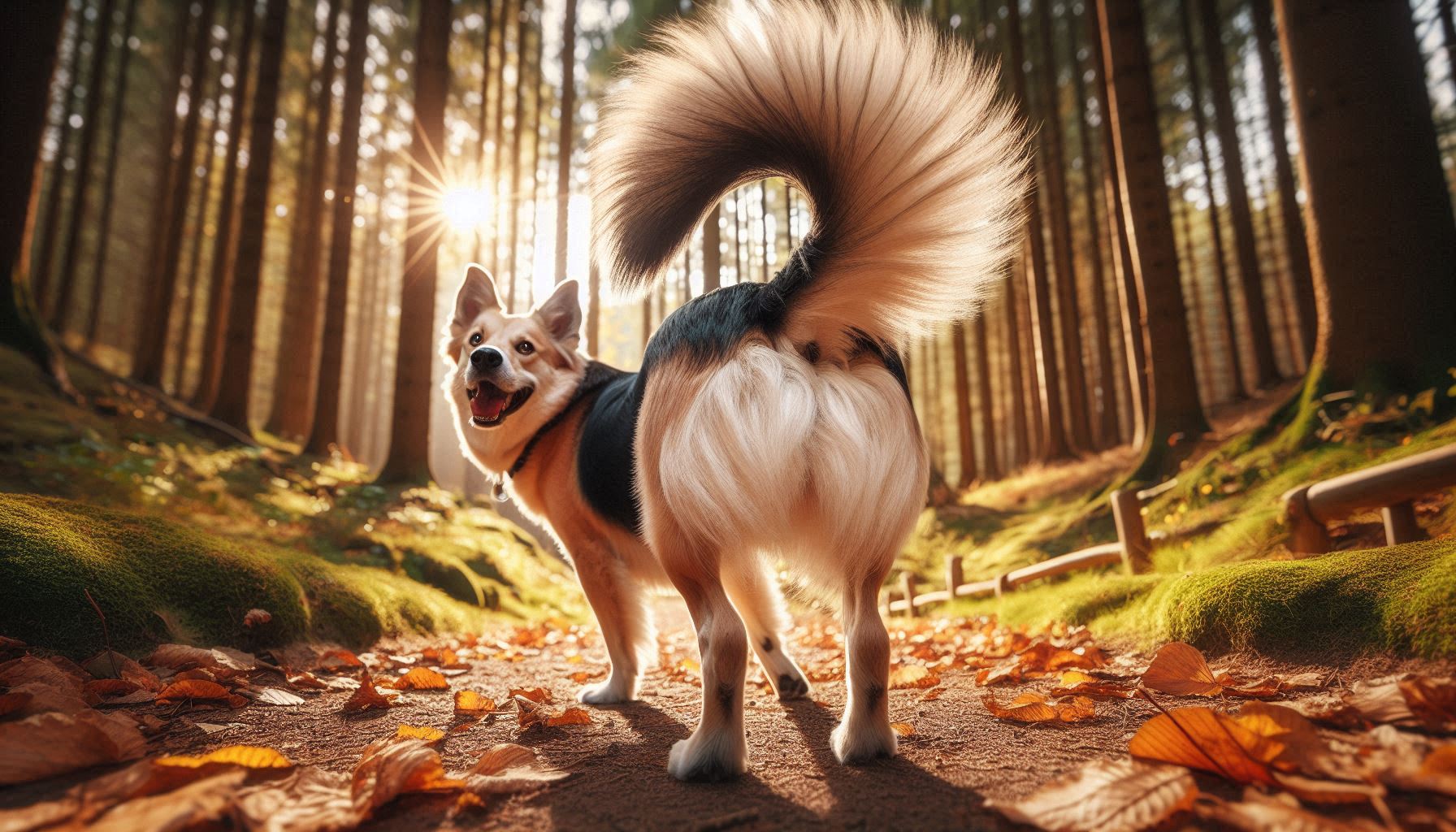When studying living things, we also come across stories about tails. There are overwhelmingly more living things on Earth that have tails. The venomous stingers of scorpions and bees are classified as tails, but with the exception of many insects, mollusks such as slugs, shellfish, and microorganisms, most living things seem to have tails.
Human and frog tails
Apparently humans and frogs have tails when they are young, and in humans, a small tail is formed while they are in the womb, and is then absorbed to become the tailbone. There is a theory that humans evolved from fish to amphibians to reptiles to mammals while in the womb, but does this mean that the tail is only formed for a short time during this process? For fish, the tail (caudal fin) is the driving force for movement, so perhaps something derived from a fish will have a tail in some form. It’s strange.
Frogs have tails when they are tadpoles, but lose their tails when they become adults. Amphibians are divided into two groups: Caudata, such as salamanders and newts, and Anurans, such as frogs, but 85% of amphibians are Anurans. Do you think both humans and frogs have tails?
A tail used for balance
Cats walking on narrow spaces, squirrels and chameleons climbing trees, birds landing from the sky, and kangaroos hopping around seem to use their tails to balance themselves. The tail seems to be quite heavy, with some kangaroos weighing up to 20% to 30% of their body weight. They use that weight well to balance their entire body.
A tail that can be used like a hand
Animals that can grab things with their tails like hands include monkeys, which use their tails to hold onto tree branches, and kangaroos and opossums, which use their tails to hold their young. Also, animals that can shake things off like hands include cows, horses, and elephants, which use their tails to swat away insects, and hippos and crocodiles, which swing their tails around to intimidate. It certainly seems like tails that can be used like hands are valuable for cows and elephants, who support their bodies on all fours.
The tail as a flight control
The tail can also function as a rudder to stabilize flight posture and change direction, like the tail of an airplane. Birds such as peregrine falcons and sparrows use their tails to change direction and brake, and flying squirrels and flying dragons that glide through the sky also use their tails like a rudder.
The tail as a heat source and energy store
Tails also seem to play a role in regulating body temperature. Some foxes and red pandas wrap their tails around themselves like a scarf to keep warm when it’s cold, and some mice release heat from their tails when it’s hot. Kangaroos and some geckos can also store fat in their tails. Kangaroo tails seem to play an especially large role. Kangaroo tails are amazing.
Tails as a form of communication and courtship
Peacocks and turkeys spread their tails to court or intimidate, and there are also creatures like rattlesnakes that intimidate by making sounds from their tails. In addition, lizards cut off their tails to use as a substitute for their body, confuse opponents by making their tails resemble their heads, or have eye patterns on their tails to attract attention.
In addition to dogs and cats, goats and sheep also seem to communicate their emotions and moods through tail movements. In particular, dogs’ tails seem to play little role in exercise, and are becoming specialized for communication. This is unusual for carnivores.

The tail is amazing
We don’t usually use our tails, but they seem to hold a lot of information about the ecology of the creatures and the evolution and adaptation of the species. The tails of most creatures on Earth are somewhat unique, yet they seem to play a wide range of roles. Tails are amazing. The creatures on Earth and their descendants are amazing.


